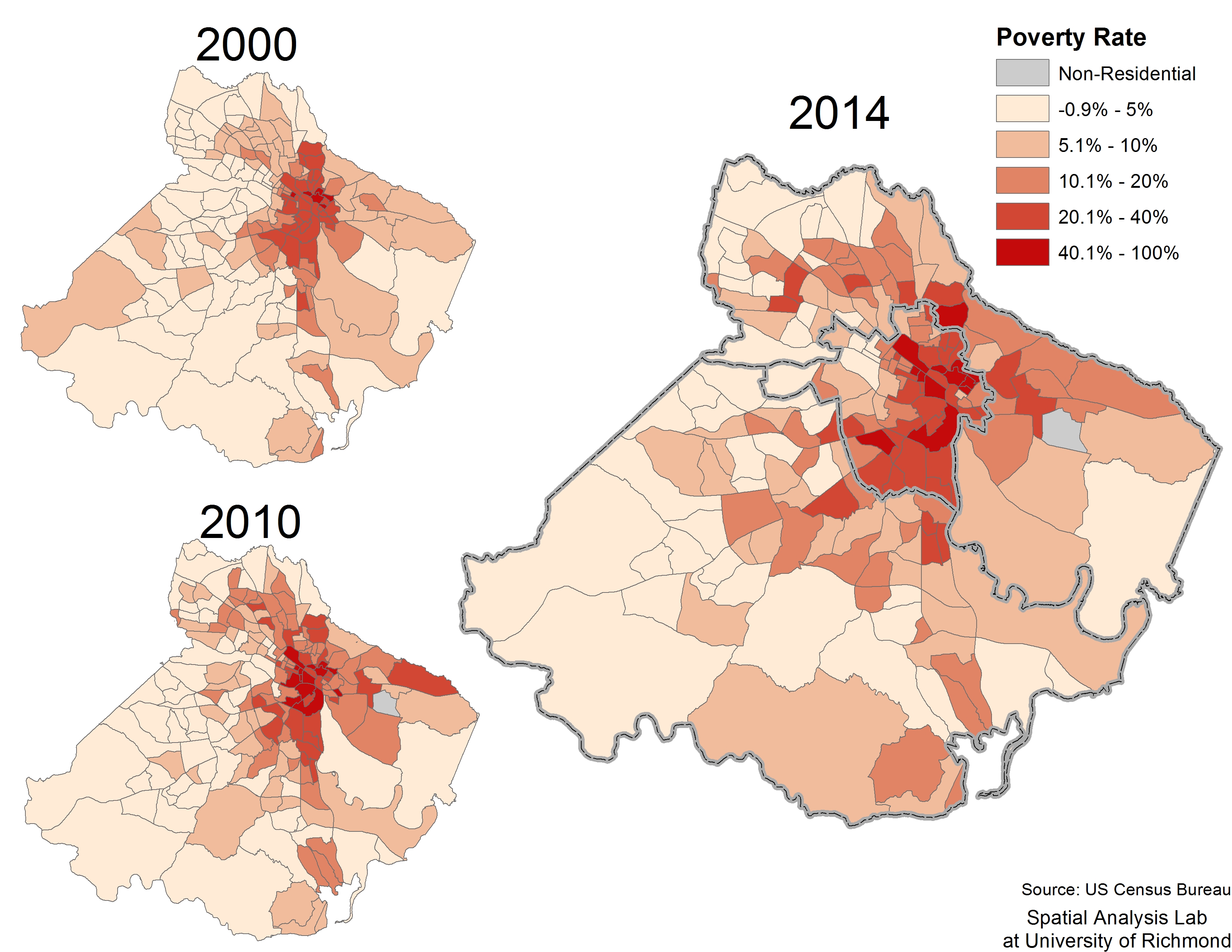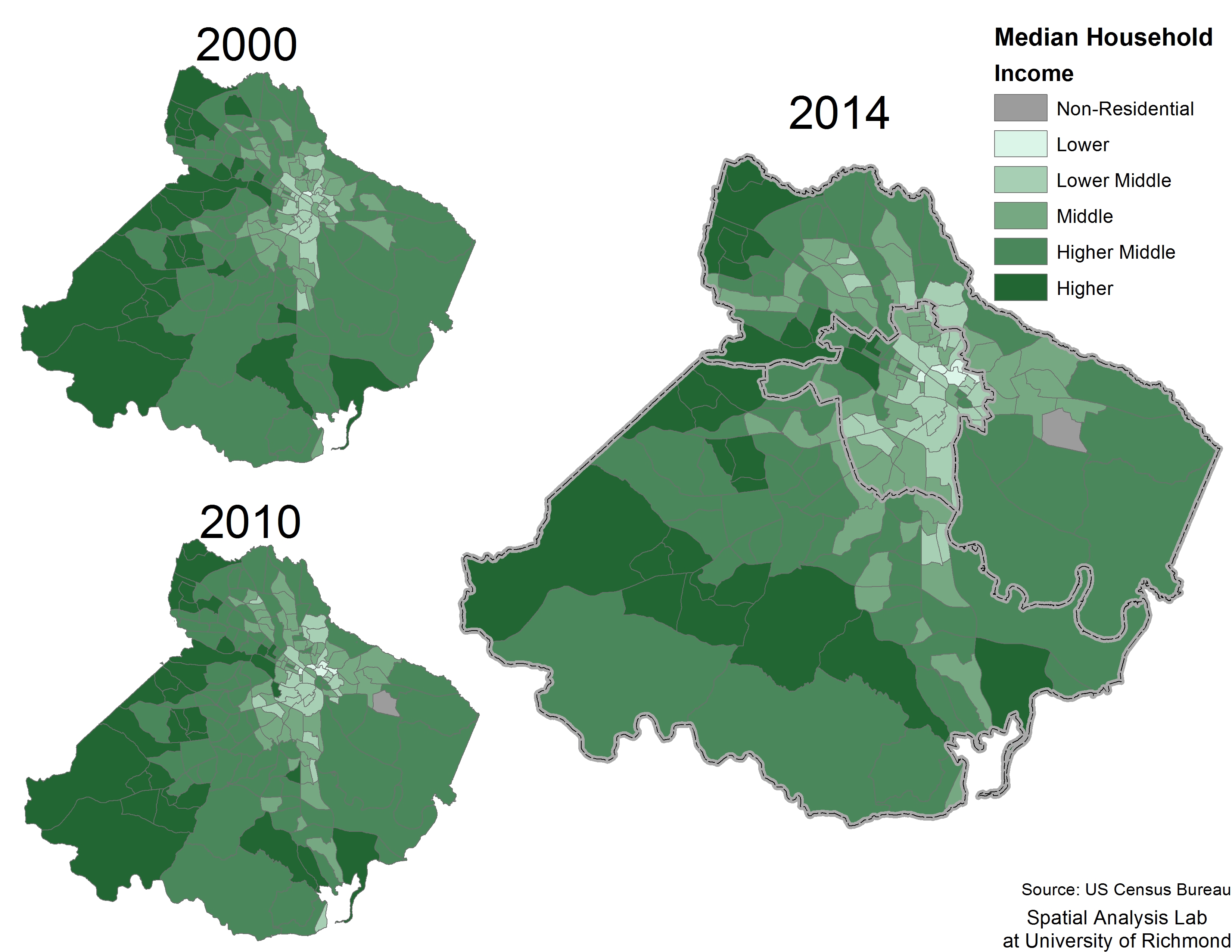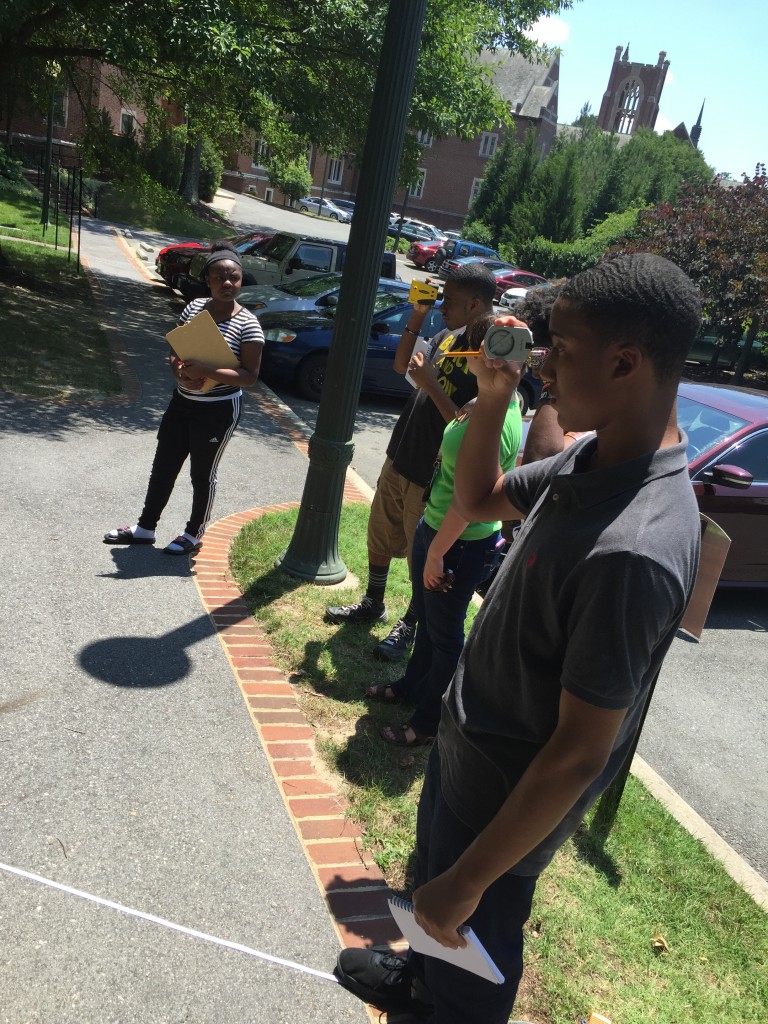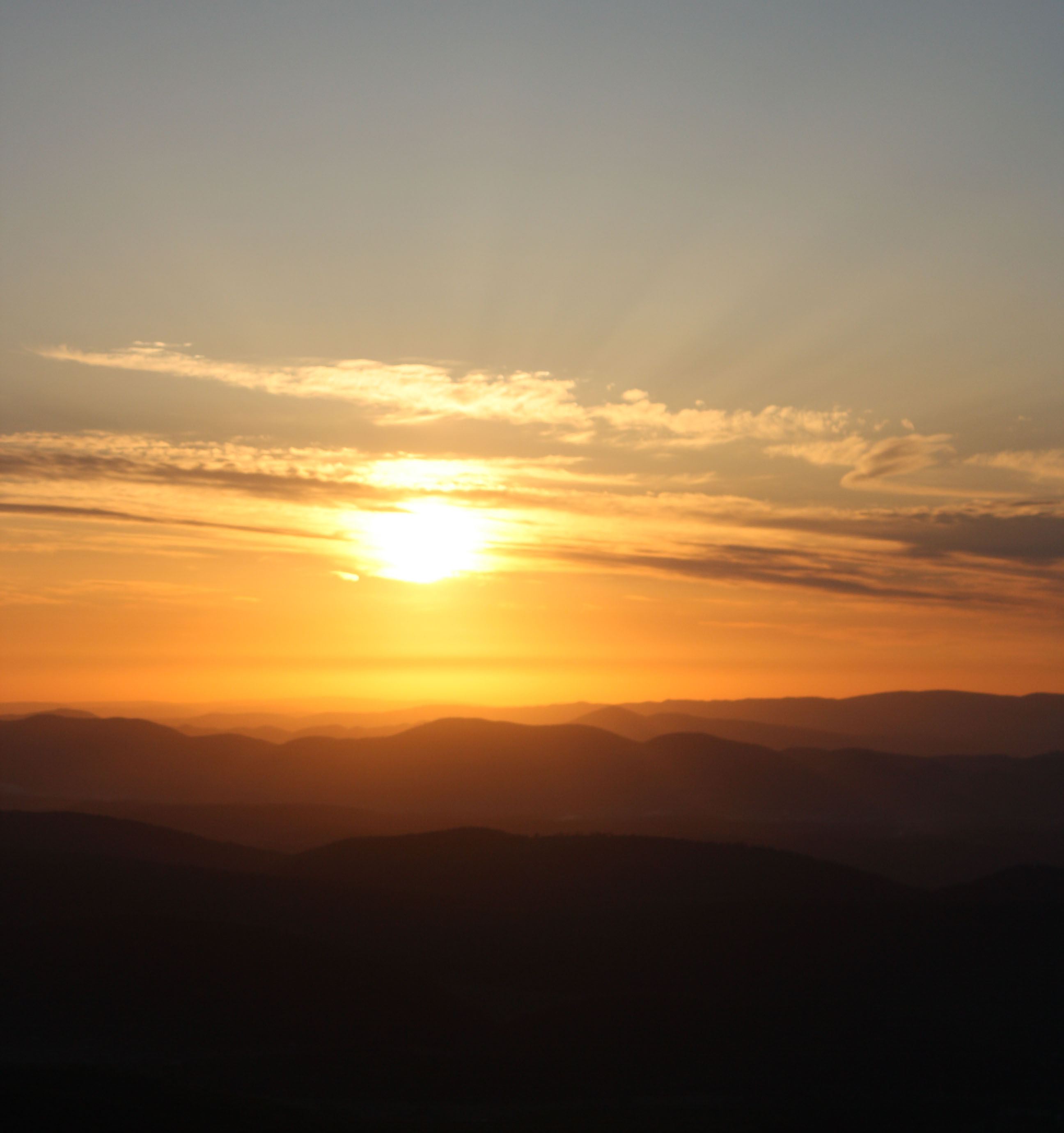Hello Everyone!
We’ve had a busy first few weeks in the Spatial Analysis Lab this fall. From wrapping up our summer projects to starting a new workshop series and everything in between, we’ve barely had a second to sit back and reflect on all the great work going on.
Here’s a summary of some of the great things we’ve done in the first 3 weeks!
- Finished editing and reviewing GIS campus data for University Police with the assistance of University Facilities: This project started last spring and continued through summer with us collaborating with Police and Facilities to update campus roads, buildings, and address points to match construction from the previous two years.
- Wake Up Spatial Wednesdays is a new weekly workshop taking place every Wednesday at 9 AM in the SAL. Our first three topics were Campus Spatial Data, GIS in Urban Planning with alum Dillon Massey, and Mobile Data Collection using the Collector App. Join us tomorrow to learn about editing Google Maps with Google Mapmaker and suggested edits. Faculty, Staff, and Students of all GIS abilities (or none!) and interests are encouraged to attend!
- Invasive Species GIS Lab with Biology 199: Once again we worked with Dr. Carrie Wu’s two Invasions in Biology (BIOL 199) courses to collect data using GPS units on invasive species across campus. Students then used ArcGIS to analyze their data and create informative maps for their lab reports. This is the fourth or fifth semester we have completed this lab and it often serves as an introduction to GIS for freshman biology majors who may take GIS courses later.
- Campus Tree Inventory Lab with Physical Geography Class: Dr. Todd Lookingbill’s Earth Systems and Physical Geography (GEOG 250) course used the Collector for ArcGIS app to collect data on tree species and carbon storage on campus. Their data collection will be incorporated into our ongoing inventory of campus trees and carbon storage that his previous classes and past student researchers have contributed to. They used various equations to estimate carbon storage based on tree diameter, species, and height.
- Geographers in the Field: Six senior Geography majors presented on their study abroad and internships as part of the Experiential Learning requirement. Students presented on studying in Denmark, Ecuador, the Galapagos Islands, and Australia in addition to research on the Atlantic Coast Pipeline.
We also have many exciting projects to look forward to this semester. A few of them include:
- Continued Evaluation of Campus Data: We will continue to partner with Facilities and URPD to evaluate campus data layers we have created and updated over the years. These datasets will feed into our campus Authoritative Content that we share with localities and use for research and maps
- Race and Poverty in Richmond with Dr. John Moeser: We will continue our partnership with the CCE in supporting Dr. John Moeser’s decades of research into race and poverty in the Richmond region. This year’s focus will be on data visualization and availability to the public. We will also focus on representing his 1982 book about the Annexation of Chesterfield County by the City of Richmond using new digital mapping and storytelling tools (for an preview click here).
- Women’s Empowerment in Uganda: We enter our second year supporting Dr. Elizabeth Ransom’s NSF funded project evaluating programs for women’s empowerment through dairy development projects. We will also work with two of her students to add new analysis of water sources to the project’s scope.
Stay tuned for our next post with some exciting opportunities for students and geography nerds!







































